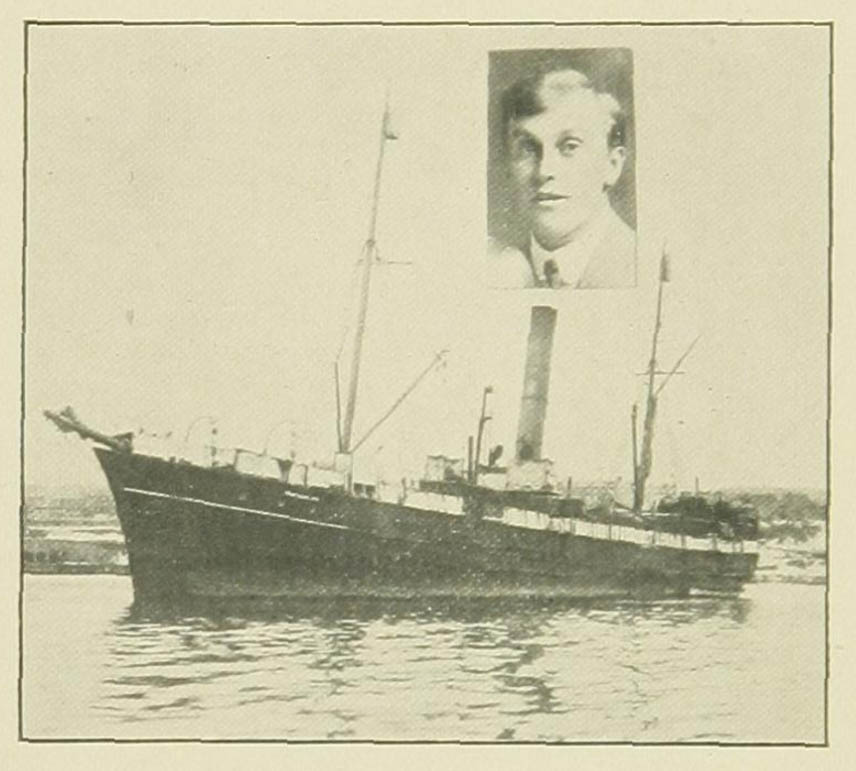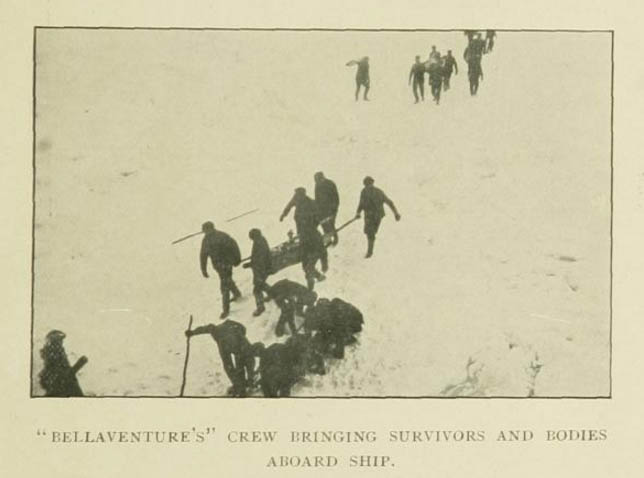Built in 1872 as a steamship and brigantine with a wooden hull, the SS Newfoundland went down in 1916. She was a cargo ship that also served as a sealing ship for a portion of her career. She changed her name to Samuel Blandford in 1916.
Two catastrophes affected the SS Newfoundland. The first was the Newfoundland Sealing Disaster of 1914, in which 78 sealers perished after becoming stuck on an ice floe. The second occurred in 1916, soon after her renaming, when she was wrecked after colliding with rocks.

The 1914 Disaster
Newfoundland was encased in ice off its northern coast on March 30, 1914. Signals from SS Stephano, under the leadership of Abram Kean, were visible to SS Newfoundland’s Captain, Wes Kean, indicating the presence of seals several miles distant. Under the command of his first officer, Wes Kean led his crew across the ice to start slaughtering seals the following morning, anticipating that they would spend the night on Stephano if the weather deteriorated. Despite indications of deteriorating weather, Abram Kean fed the men lunch when they arrived at Stephano and then told them to return to the ice to slaughter seals and locate Newfoundland.
The captains of the neighboring Stephano and Newfoundland believed the crew were safely on the other man’s ship as a storm rolled in that afternoon. The wireless telegraph equipment on the ship had been taken out by the owners of Newfoundland since it was an expense that did not increase earnings. The ship’s whistle would have allowed his men to locate the ship in the rain and darkness, but the captain of Newfoundland chose not to do so since he thought the men were on board Stephano. In a snowfall and a freezing rainstorm, the sealers spent two nights without a place to stay.

About 54 hours later, Bellaventure, another ship in the fleet, led by Captain Isaac Randell, rescued both the dead and the survivors. 78 of the 132 men on board Newfoundland lost their lives, while numerous others suffered severe injuries. This catastrophe happened during the same storm that caused Southern Cross to sink completely. More than 250 people lost their life as a result of the three sealing ships combined, and the catastrophe was dubbed the 1914 Newfoundland Sealing Disaster.
SS Samuel Blandford departed New York in 1916 with a load of coal that was headed for St. John’s. She was destroyed when she hit the Keys, which are close to St. Mary’s Bay in Newfoundland and Labrador, on August 3.
In their 1972 book Death on the Ice, Cassie Brown and Harold Horwood discussed the 1914 catastrophe. Three documentaries about the tragedy have been produced by the National Film Board of Canada: The Icehunters (1976), “I Just Didn’t Want to Die”; The 1914 Newfoundland Sealing Disaster (1991), and the multimedia short 54 Hours (2014).






